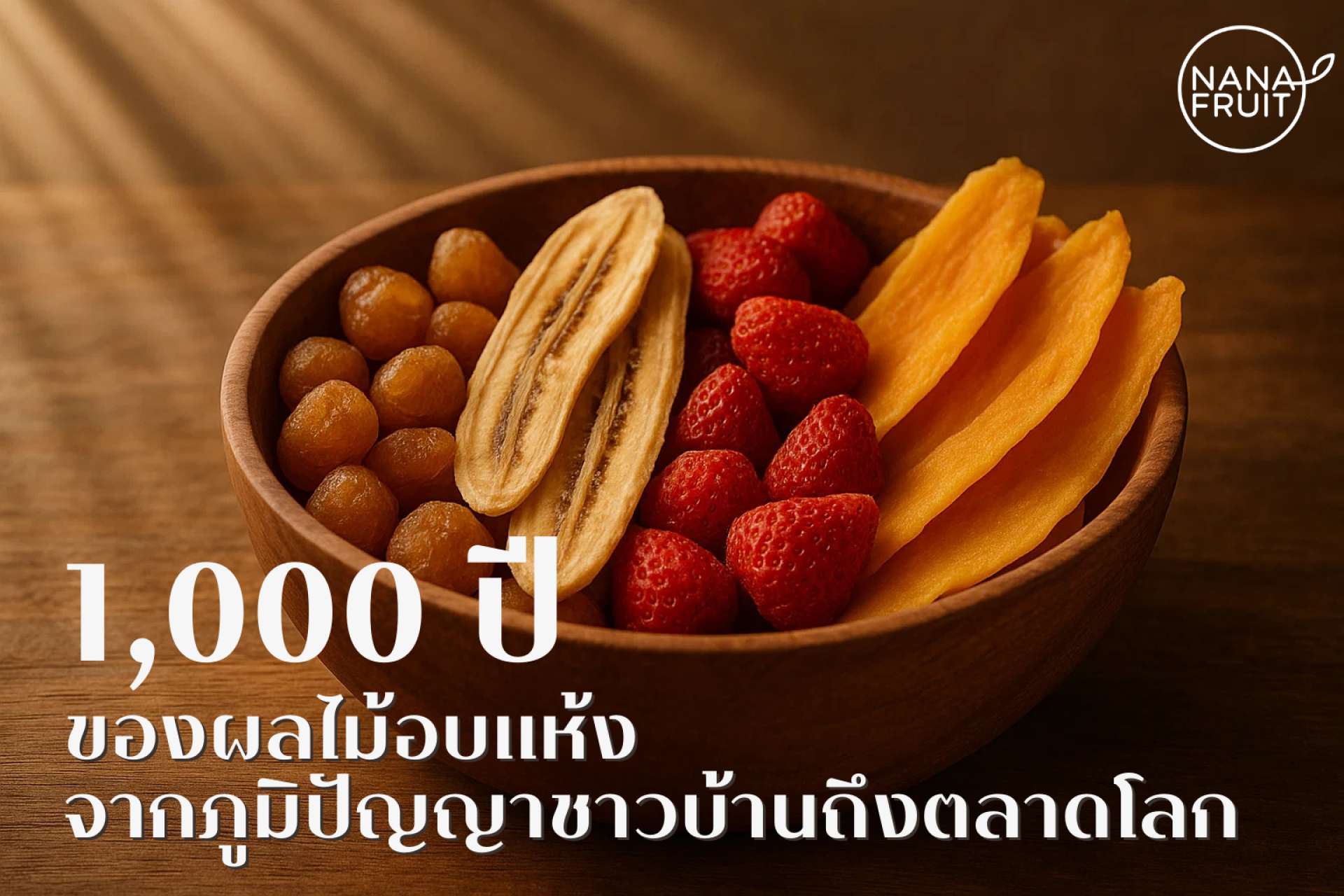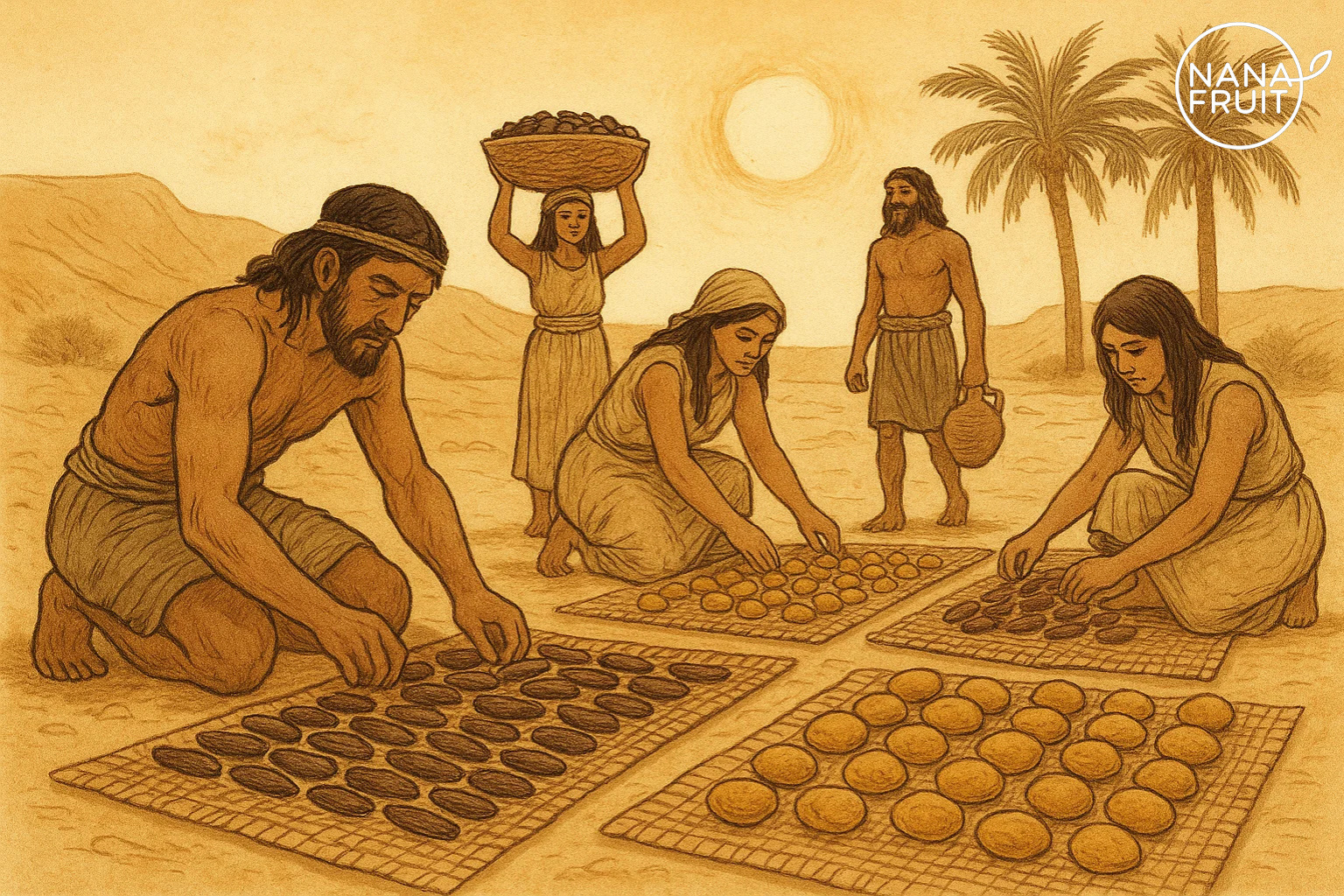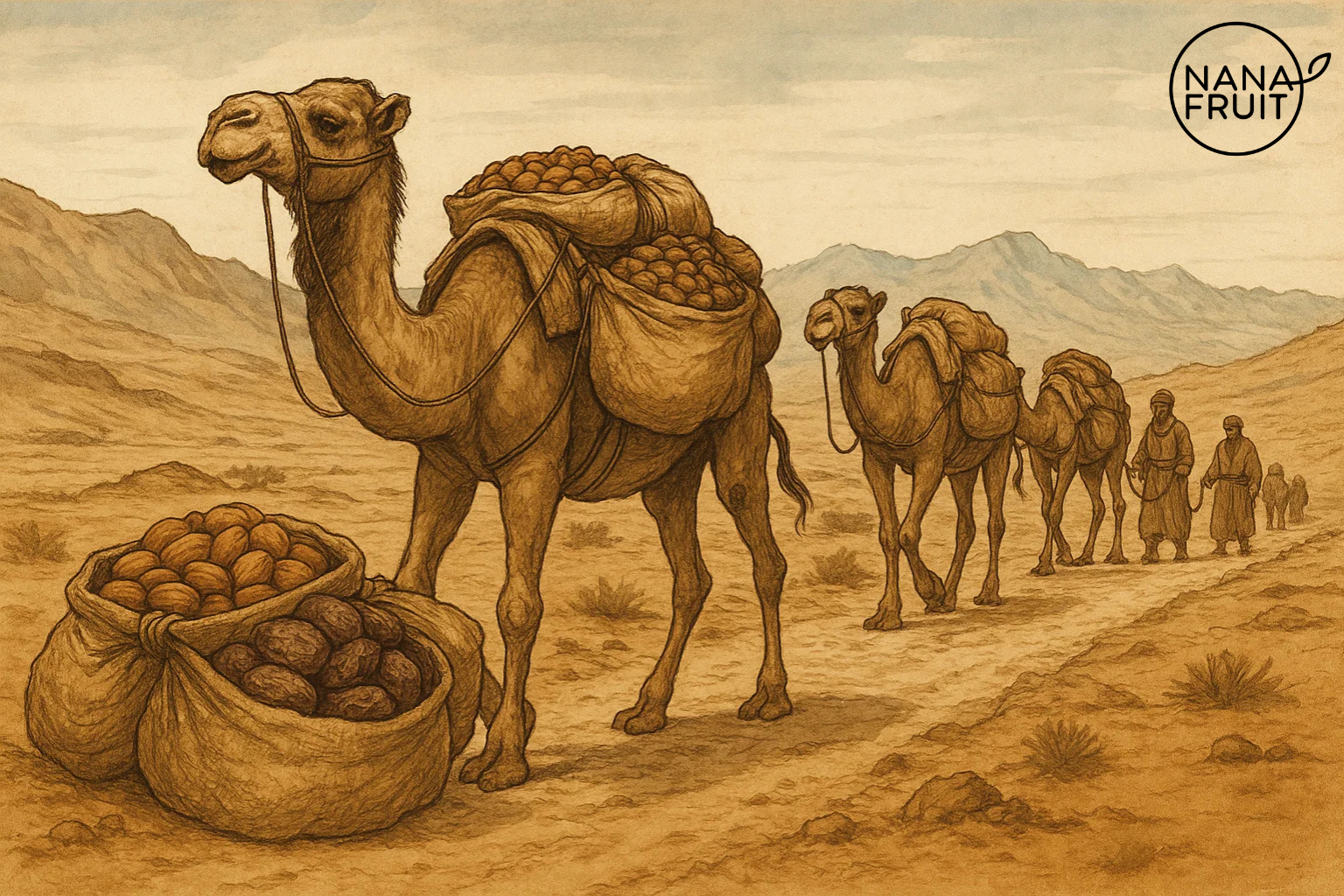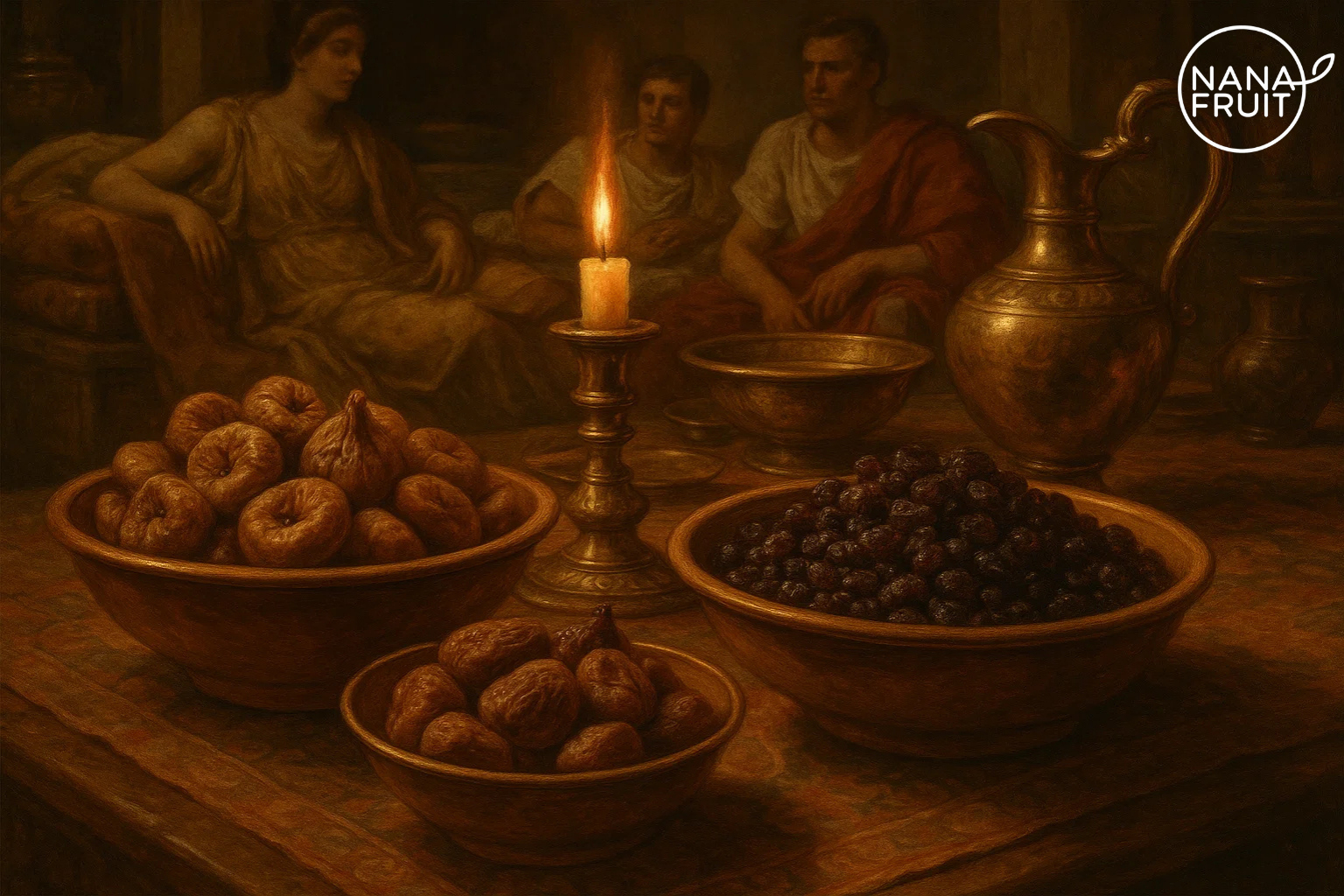1,000 years of dried fruit: From local wisdom to global business

Ever wondered how that dried pear or mango slice became that tasty snack on store shelves? Its not just about modern factories. Its a journey spanning centuriesfrom local know-how to a global business. Let me tell you that story in a fun, relatable way.
Picture ancient Mesopotamians imagining, "If we dry fruit in the sun, it lasts longer and travels well." This simple idea launched the entire tradition of preserving food the natural waynow big business today.
The Beginning in Mesopotamia (around 1700 BC)
In Mesopotamia (modern-day Iraq and parts of Syria), people had no refrigerators or advanced food preservation systems. What they did have was scorching sunlight and the necessity to keep food for as long as possibleespecially during long journeys or wars.
Clay tablet records show that people began drying dates, figs, and grapes under the sun. These dried fruits became portable, non-perishable food that provided high energyperfect for survival in desert travels. This marks the very first form of dried fruit, a simple yet ingenious food technology born entirely out of necessity.

2. Local Traditions: Asia and the Middle East
From Mesopotamia, the knowledge of drying fruits spread to other regions. In Persia (modern-day Iran), which was famous for trade, dried fruits and nuts were carried along the Silk Road to Central Asia and Europe. They became highly valued goods, prized for their long shelf life and high energy.
In East Asia, unique local traditions emerged:
- China: Produced 柿餅 (Shibing), dried persimmons used both as desserts and ceremonial offerings.
- Japan: Created Hoshigaki, hand-massaged persimmons strung and air-dried in winter winds, a seasonal delicacy.
- Korea: Crafted Gotgam (dried persimmons), often used in traditional desserts like sweet rice porridge.
In every culture, the technique remained simplesunlight and airbut was adapted seamlessly to local climates, traditions, and beliefs.

3. Roman and Medieval Times: From Survival to Luxury
In the Roman era, dried fruit was no longer just survival food. It was elevated into a luxury delicacy at banquets. Figs, raisins, and dates were served alongside wine and meats, symbols of wealth and abundance.
During the European Middle Ages, dried fruits continued to play an important role. They were used in breads, jams, and church feasts. Because they were rare and valuable, many households built still housessmoke or drying roomsto preserve fruits for winter.
At this point, dried fruits had become part of food culture rather than mere survival.

4. Becoming a Business in the Modern Era
By the 19th20th centuries, migration and agriculture expanded. Spanish settlers brought grapevines to California, discovering its climate was perfect for raisin production. This sparked a booming raisin industry that soon grew into a global trade.
By the 20th century, countries like Turkey, Iran, and the United States rose to dominate dried fruit productionraisins, apricots, and dates. Today, Turkey remains one of the worlds leading exporters, with dried fruit exports valued in the billions of dollars each year.
This was the moment when dried fruits transformed from local wisdom into a global industry.

5. Modern Technology and Todays Trends
In the 21st century, drying is no longer limited to sun and air. Technology has turned it into a sophisticated process with precision and efficiency:
- Dehydrators (hot-air drying machines): Control temperature and humidity for consistent results.
- Freeze-drying: Freezes fruit and removes moisture via sublimation, preserving color, flavor, and nutrients close to fresh.
- REV (Radiant Energy Vacuum): A cutting-edge method using microwave energy in a vacuum, drying faster, with higher quality and less energy use.
Today, dried fruit is no longer seen as emergency rations. Instead, it has become a healthy snack and even a superfood, loved by health-conscious consumers worldwide. You can find them in supermarkets, coffee shops, and even featured in fine-dining menus.
From travel food to lifestyle fooddried fruits continue to reinvent themselves for every generation.

Every time we enjoy a dried mango slice, theres an extraordinary story behind it. From the Mesopotamians with no refrigerators relying only on the sun, to todays billion-dollar industrydried fruit is a tale of preservation and innovation.
The story of dried fruit reminds us: what may seem ordinary often carries deep history, cultural value, and an evolving role in our modern lives.


